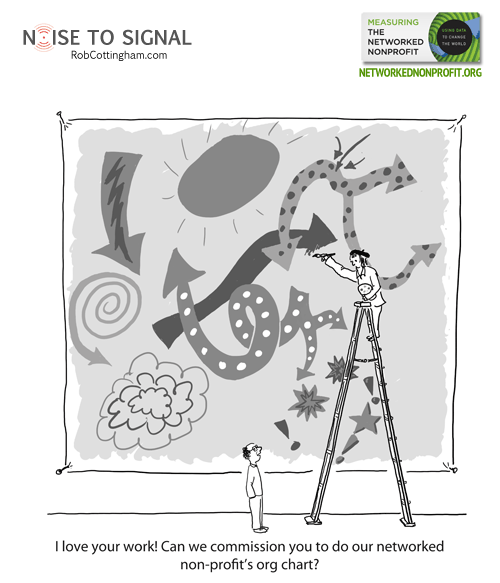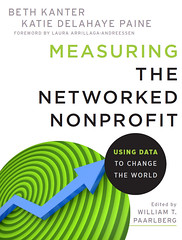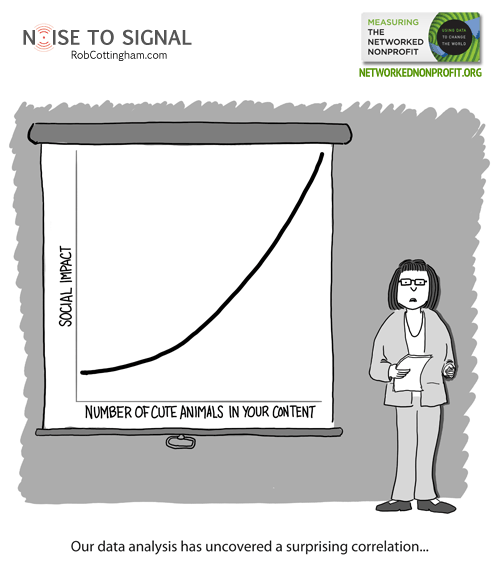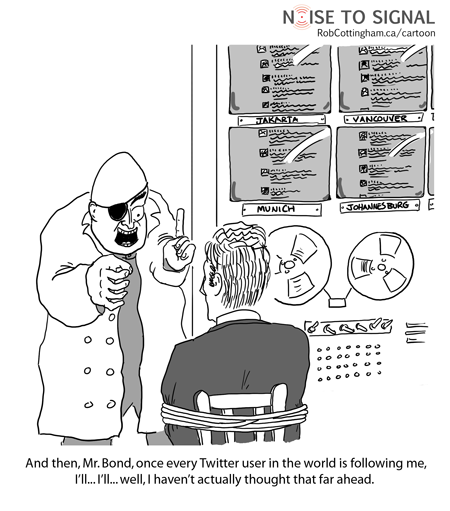Ratioed (see also “the ratio”): When a tweet garners more comments than likes, suggesting it is unpopular.
Square rooted: When the number of comments on a tweet is the square of the number of retweets, suggesting your followers aren’t into sharing and probably didn’t watch Sesame Street.
Quadraticked: When the pace of likes on a tweet over time (t) = at^2 + bt + c. If a is a positive value, it suggests the tweet was popular, then overexposed, then became kind of retro-hip. If a is a negative value, it suggests people are messing with you. (Note that most of the time you will also have a negative number of likes. So, high school all over again.)
Logarithmicked: When the number of likes is the exponent to which a tweet’s character count must be raised to equal the total number of Twitter users, suggesting the advent of Gnarr the Destroyer is at hand.
Sudokued: When the digits in a tweet’s number of likes, retweets and comments, along with its character count, can be arranged in a grid to form a simple, diverting puzzle, suggesting the singularity has occurred and we all missed it.
Fibonaccied: When the number of likes on a tweet equals the character count, the number of retweets equals the character count plus the number of likes, the number of comments equals the character account plus the number of retweets, and the number of followers on the tweet’s account equals the number of comments plus the number of retweets, suggesting you’re reading too much into your metrics.

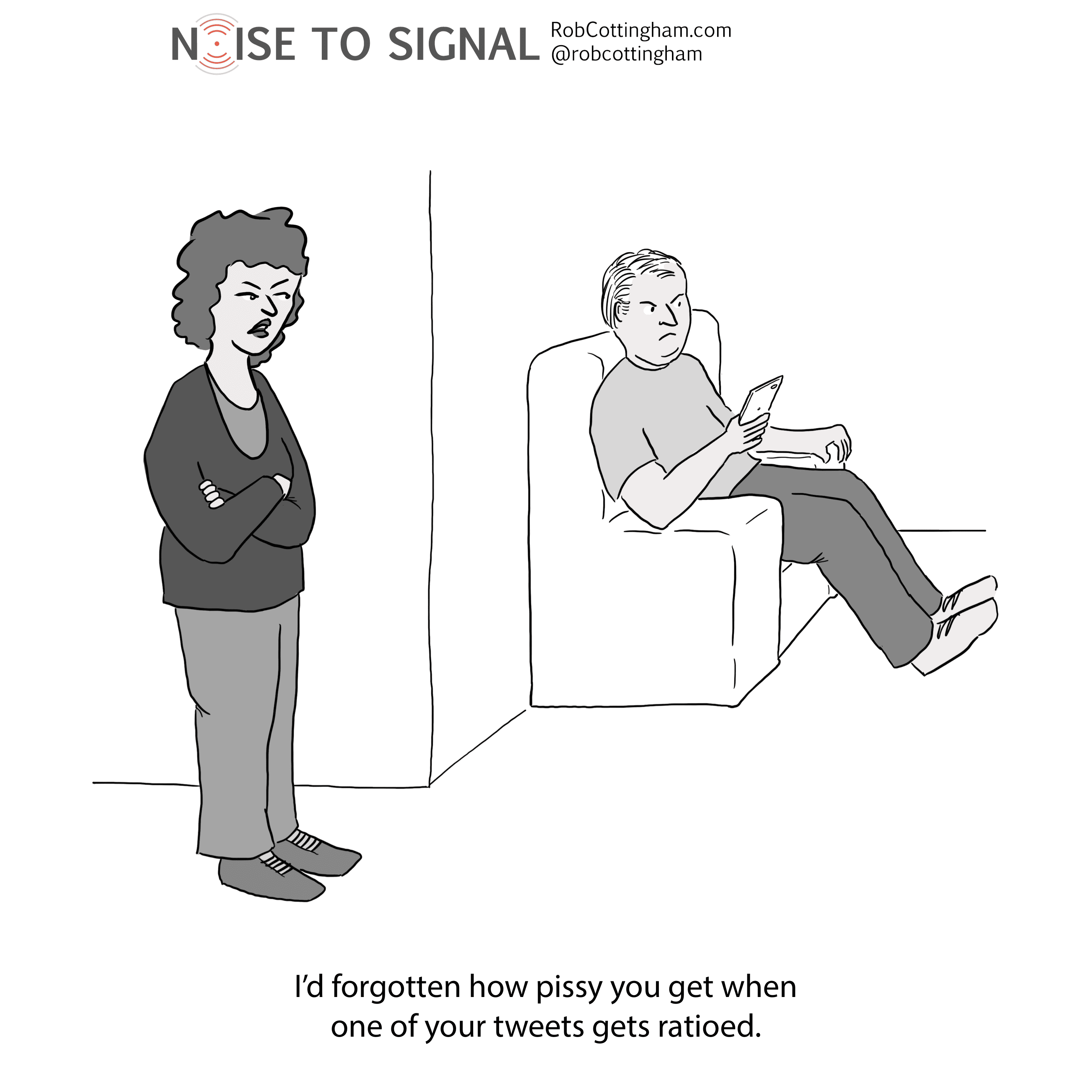
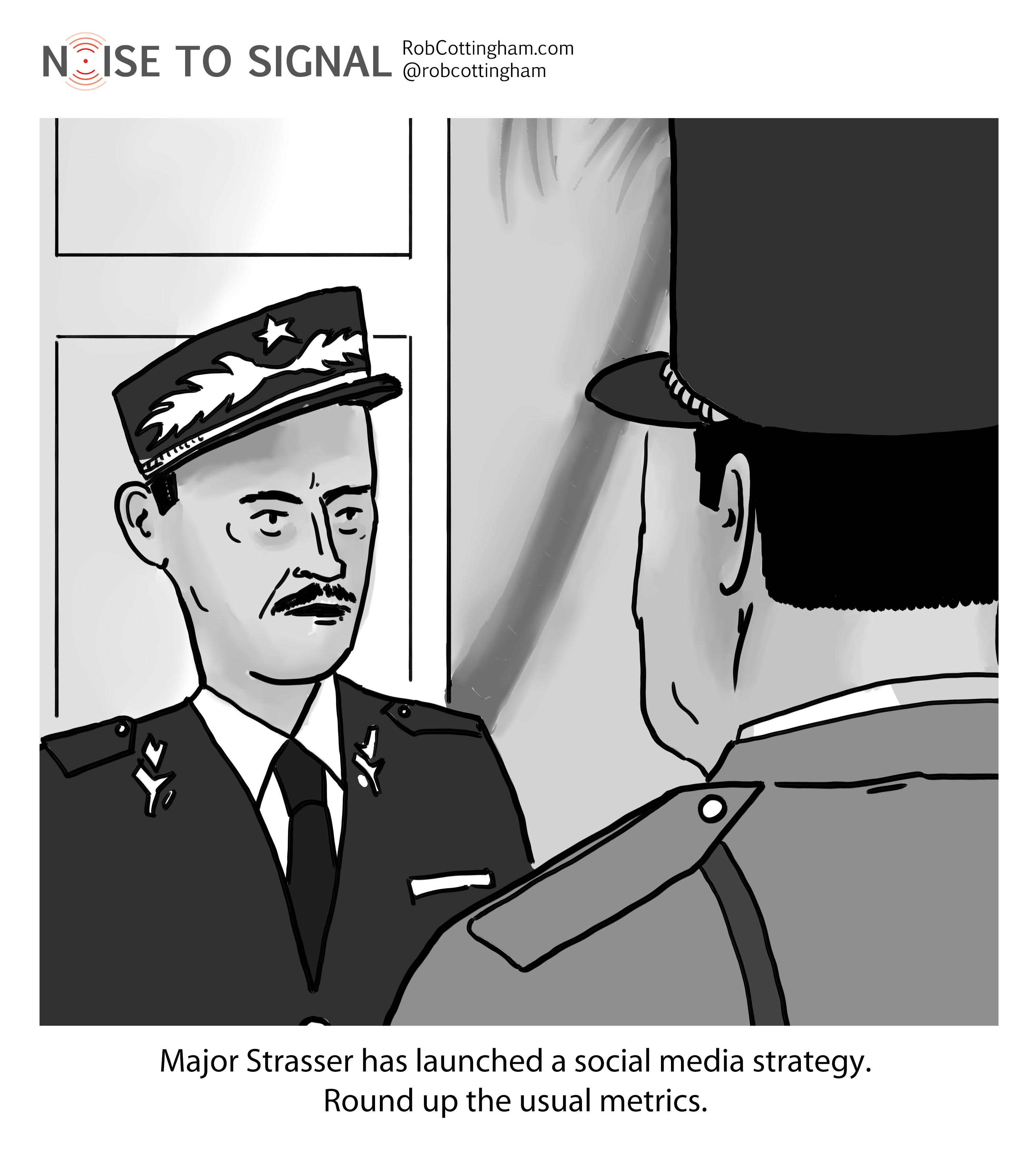
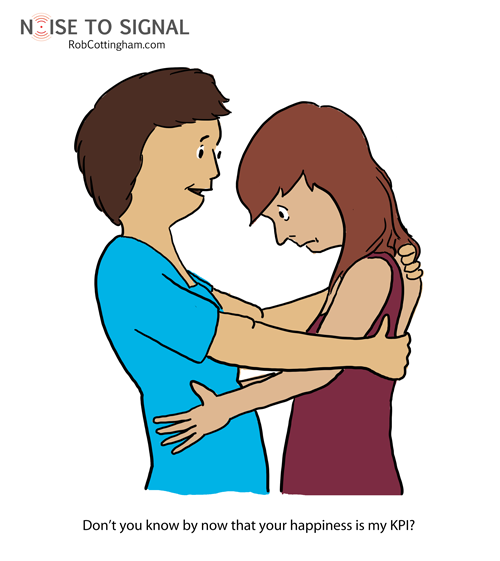
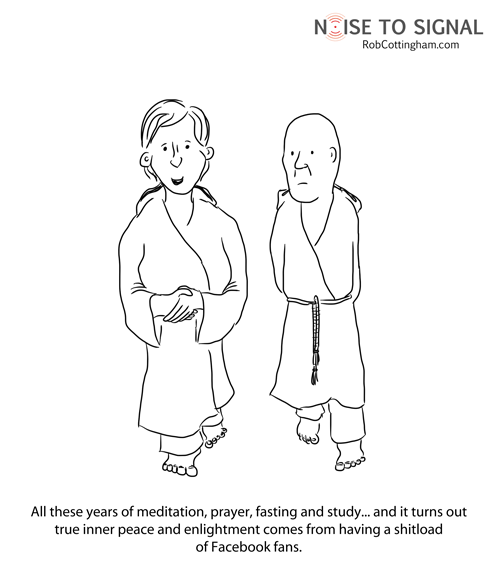
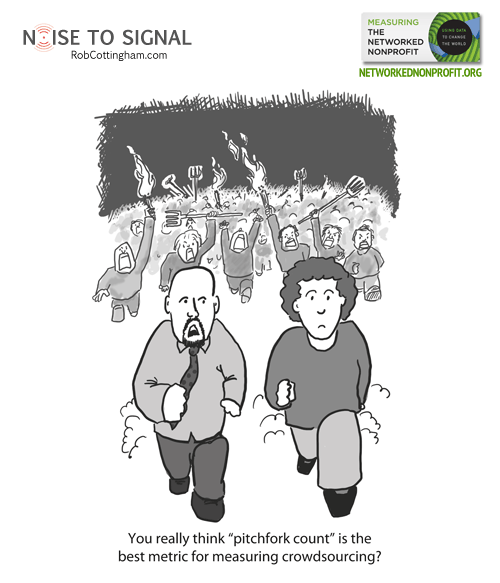
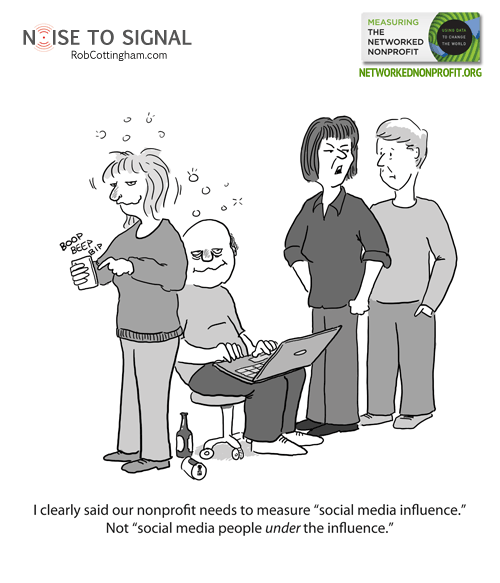
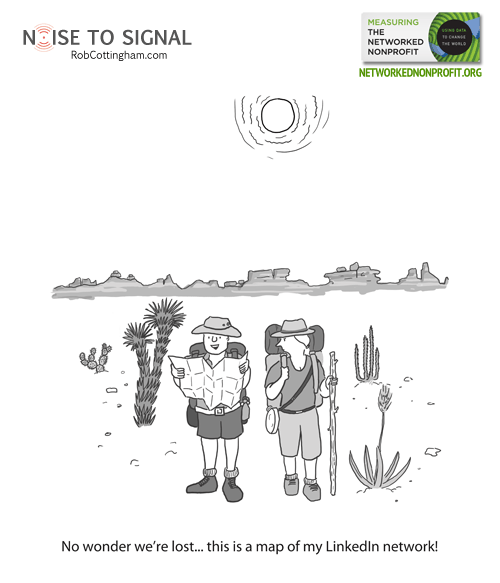
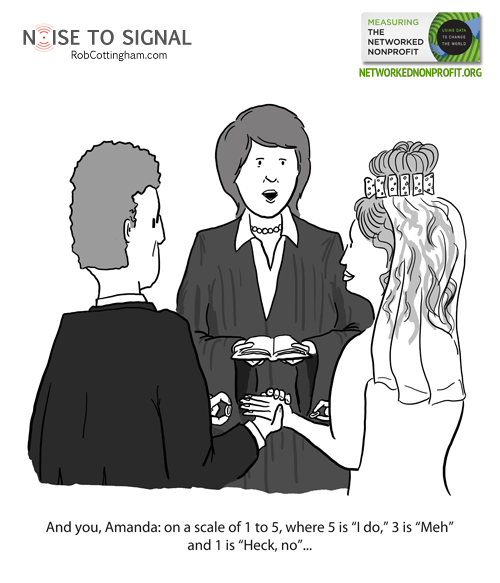
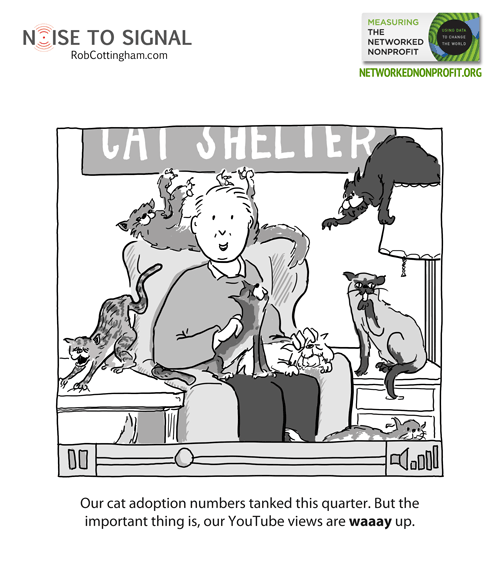

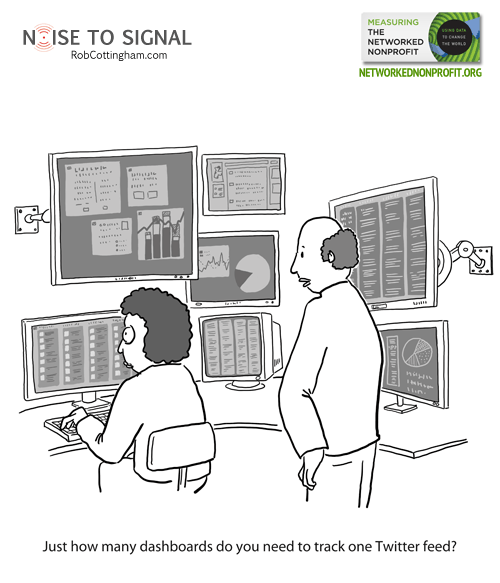
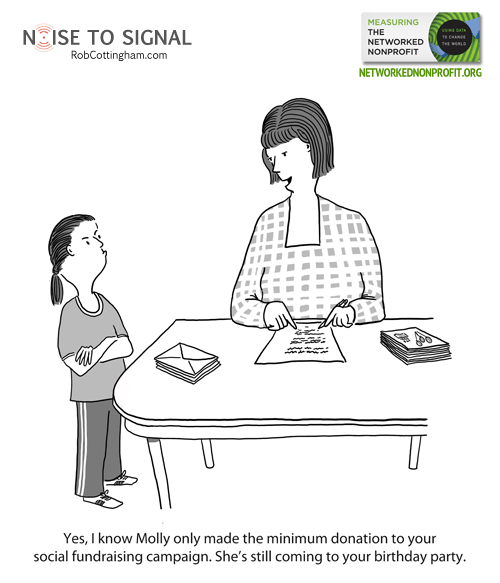
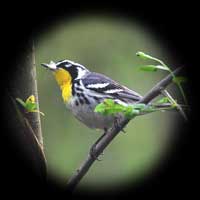
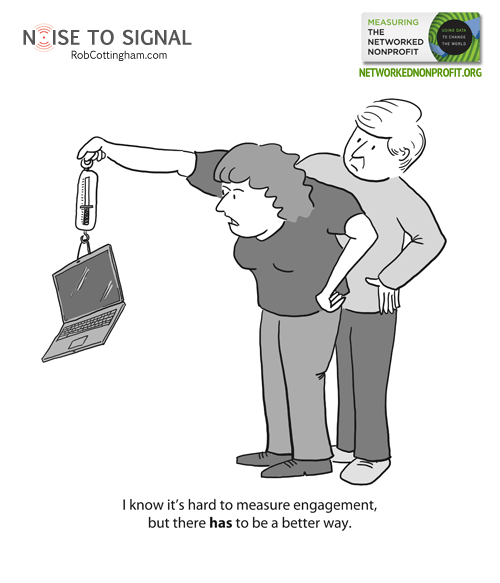
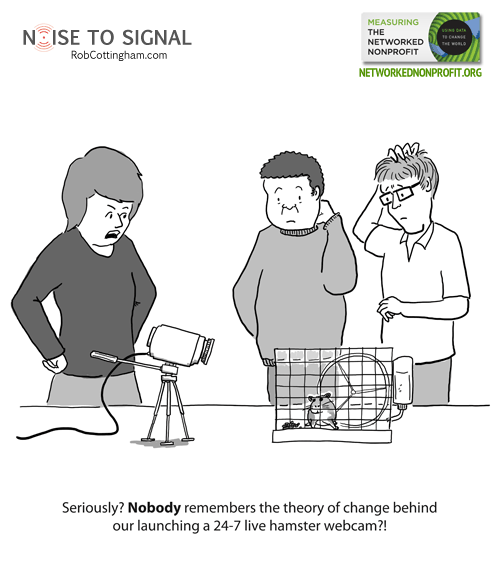
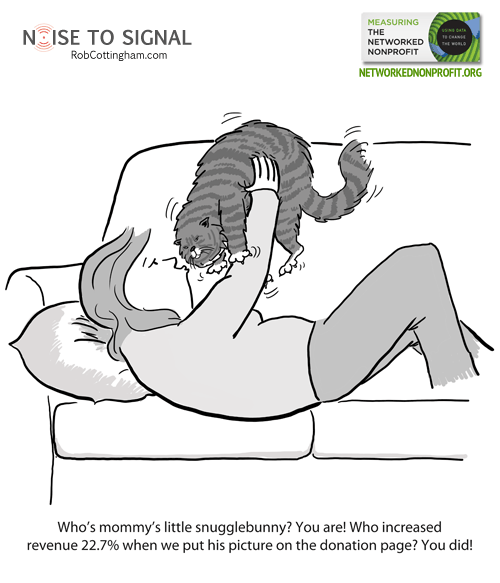
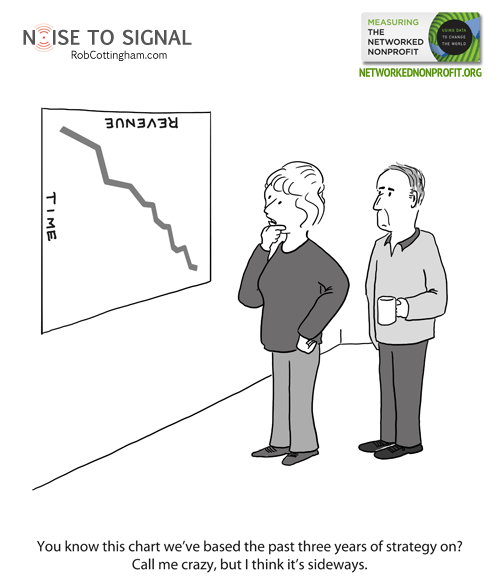
 If you respond to Chapter 3 — “Creating a Data-Informed Culture” — the way I did, you’ll start with short-lived disappointment that it’s not about building a new society whose gold standard of conduct is embodied in Brent Spiner’s character from Star Trek: The Next Generation. (And if you read
If you respond to Chapter 3 — “Creating a Data-Informed Culture” — the way I did, you’ll start with short-lived disappointment that it’s not about building a new society whose gold standard of conduct is embodied in Brent Spiner’s character from Star Trek: The Next Generation. (And if you read 